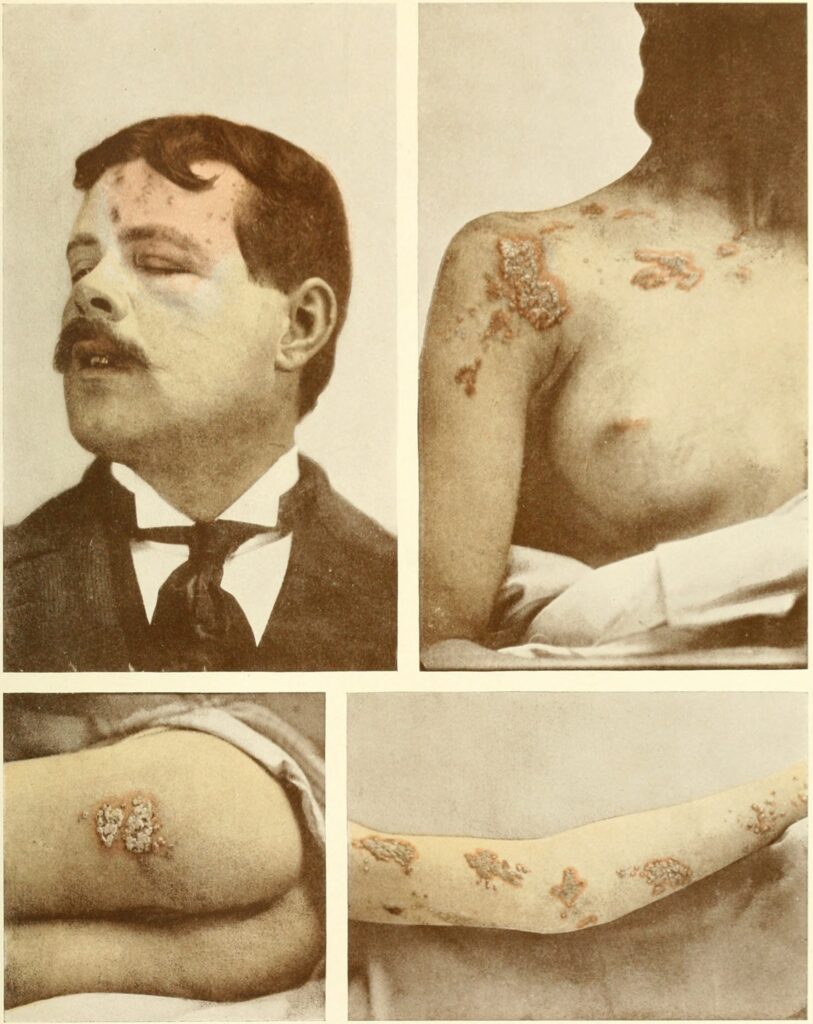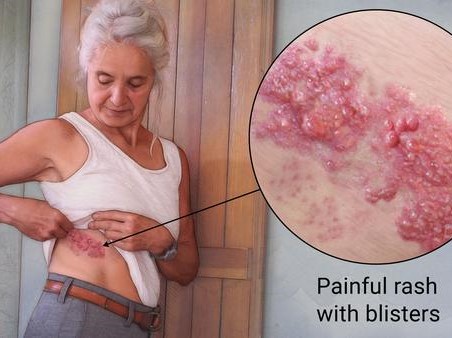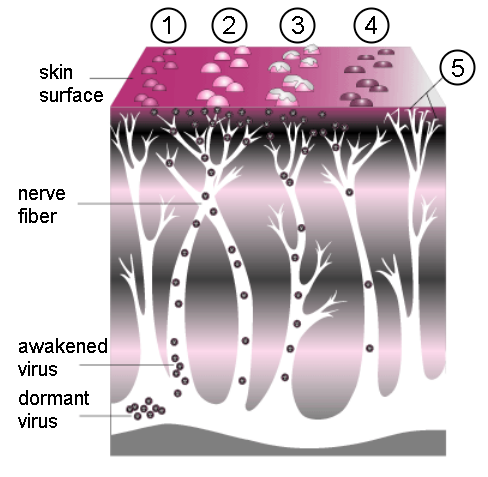Part of Our Ongoing Series Examining Medical Issues Which Affect People in Later Life
Shingles — also known as herpes zoster — is a painful viral infection caused by the reactivation of the varicella-zoster virus, the same virus that causes chickenpox. This infection affects millions of people worldwide and can lead to significant discomfort and complications if not properly managed. The consequences of a shingles infection can be particularly severe for seniors, so it’s especially important that we understand the disease and take appropriate preventative measures. Let’s explore.
Symptoms and Duration
The first signs of shingles often include pain, burning, tingling or numbness, usually on one side of the body. This is followed by a red rash that typically appears after a few days and progresses into fluid-filled blisters that crust over.
The rash can last anywhere from 2 to 4 weeks, and the pain may persist long after the rash has healed, a condition known as postherpetic neuralgia.
Vulnerable Groups
While shingles can affect anyone who has had chickenpox, certain individuals are more susceptible to developing the infection. Those with weakened immune systems — often including older adults — folks undergoing cancer treatment and individuals with conditions like HIV/AIDS are at a higher risk of developing shingles.
Rash Stages
Shingles typically progresses through several stages. The first stage is characterized by pain, itching or tingling in a specific area of the body. This is followed by the development of a red rash, which then progresses into fluid-filled blisters that eventually crust over and heal. The rash usually follows the path of a nerve, appearing on one side of the body or face.
Causes
Shingles is caused by the reactivation of the varicella-zoster virus, which remains dormant in the body after a person has had chickenpox. Factors such as aging, stress or a weakened immune system can trigger the virus to reactivate and cause shingles. It is important to note that shingles is not contagious, but the virus can be spread through direct contact with the fluid from the blisters.

From Photographic Atlas of the Diseases of the Skin, Vol. 4
Photos By George Henry Fox — Public Domain,
https://commons.wikimedia.org/w/index.php?curid=143236009
What a Pain!
The pain associated with shingles is often described as a burning, stabbing or shooting sensation. This pain can be debilitating and significantly impact a person’s quality of life. In addition to physical discomfort, individuals with shingles may also experience fatigue, fever, headache and sensitivity to light.
Imposter Conditions
Shingles is sometimes mistaken for other skin conditions like eczema, hives or poison ivy. However, the unique rash pattern and the presence of pain or tingling before the rash appears can help differentiate shingles from other skin conditions. It is crucial to consult a healthcare professional for an accurate diagnosis and appropriate treatment.
Medical Specialists
For the diagnosis and management of shingles, individuals should seek the expertise of a healthcare provider such as a primary care physician, dermatologist, or infectious disease specialist. These specialists can evaluate the symptoms, prescribe antiviral medications and recommend pain management strategies to help alleviate discomfort and prevent complications.
Cures/Treatments
While there is no cure for shingles, early treatment with antiviral medications can help reduce the severity and duration of the infection. Pain medications, topical creams and anticonvulsants may be prescribed to manage the pain associated with shingles. In some cases, a vaccine known as Shingrix can help prevent shingles or reduce the risk of postherpetic neuralgia.
So there you have it. Shingles is a painful disease that can have a significant impact on the quality of life of affected individuals, and seniors especially so. Understanding the symptoms, cause and treatment options for shingles is crucial for timely diagnosis and effective management of the infection. By seeking medical attention promptly and following the recommended treatment plan, individuals can alleviate pain, prevent complications and promote healing.
By Steven Roberts




